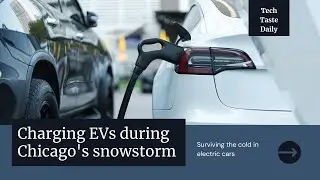2024 NEM 3.0 Update: Solar Slump or Storage Surge? Renewable Energy Boom or Bust in California
The rise in solar installations has been remarkable in recent years, both in the United States and around the globe. This surge is fueled by increasing environmental awareness, advancements in solar technology, and the dropping costs of solar panels. Many countries are now seeing solar energy as a vital part of their strategy to combat climate change and reduce reliance on fossil fuels.
In the United States, solar energy capacity has grown significantly, driven by federal incentives, state policies, and declining technology costs. The Solar Investment Tax Credit, or ITC, has been a major federal incentive, providing a substantial tax credit for solar systems on residential and commercial properties. States like California, Texas, and Florida have led the charge, with extensive solar installations contributing to their energy grids.
Globally, solar power is also on an upward trajectory. Countries like China, India, and Germany have made significant investments in solar infrastructure. China, in particular, has become a global leader in solar panel manufacturing and installations, making solar power more accessible worldwide. India's ambitious targets for renewable energy have resulted in large-scale solar farms, while Germany continues to innovate with solar technology integration in urban environments.
However, the journey toward a solar-powered future is not without its challenges. A pertinent example is California, a pioneer in solar energy in the U.S. The state has faced a dilemma with the implementation of NEM 3.0, or Net Energy Metering 3.0. This policy has significantly altered the incentives for new solar installations. Previously, homeowners and businesses could benefit from substantial savings by feeding excess solar energy back into the grid and receiving credits. NEM 3.0 has reduced these benefits, causing concern among solar advocates and potential adopters.
The removal of generous solar incentives under NEM 3.0 has shifted the focus towards energy storage solutions. In response, California has introduced new incentives for battery storage systems. This shift aims to encourage the adoption of home batteries, which can store excess solar energy for use during peak demand times or grid outages. While this is a positive step towards enhancing grid stability and ensuring a reliable power supply, it also presents a financial challenge for those considering solar installations without significant upfront investment.
The situation in California highlights a broader issue in the renewable energy sector: balancing incentives and policy adjustments to maintain the momentum of solar adoption while addressing grid reliability and energy storage needs. As the world continues to embrace renewable energy, it is crucial to create policies that support sustainable growth and address emerging challenges.
In conclusion, the increase in solar installations worldwide reflects a collective move towards a cleaner, more sustainable energy future. However, the experiences in California with NEM 3.0 underscore the need for thoughtful policy design that balances immediate incentives with long-term sustainability and energy reliability. As we move forward, the integration of solar power with advanced energy storage systems will be key to unlocking the full potential of renewable energy and ensuring a resilient energy infrastructure for future generations.
#SolarEnergy #RenewableEnergy #SolarPower #GreenEnergy #SustainableLiving #CleanEnergy #SolarPanels #CaliforniaEnergy #NEM3 #BatteryStorage #ClimateAction #EnergyStorage #GlobalSolar #TechNews #SustainableFuture



















